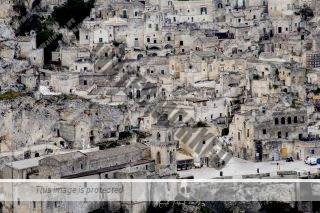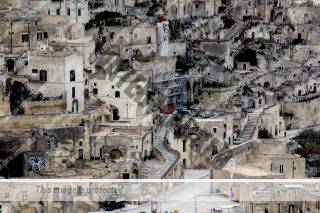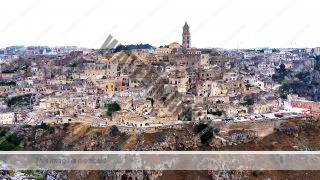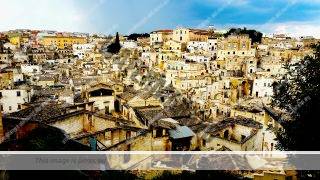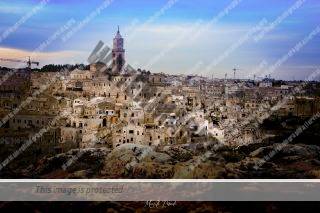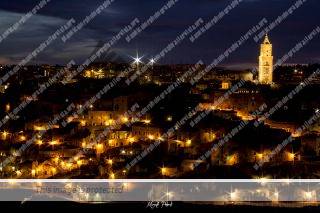Italian version 🇮🇹 Here
Matera also known as City of Stones or Underground City, is a city in Basilicata, in southern Italy known all over the world for the complex of cave houses dug into the mountain.
Evacuated in 1952 due to poor living conditions, the Sassi were subjected to a massive renovation and today some of these cave houses also house museums such as the Cave houses in Vico Solitario, with period furniture and handcrafted tools.
The stony districts of Sasso Barisano and Sasso Caveoso were born around the Civita, a natural fortress in the heart of the ancient city.
The Civita is the most fascinating part of the “City of stone” where there are also museums such as the Cave houses di Vico Solitario, with period furniture and handcrafted tools. One of the nearby cave churches is Santa Lucia alle Malve, with 13th century frescoes.
But the origins of Matera are very remote and it is testified by the finding in the surrounding area of some settlements from the Paleolithic age.
In the caves scattered along the Gravina various objects have been found that testify to the presence in the caves of groups of hunters dating back to that era.
In the Neolithic period the settlements became more stable, there are evident traces dating back to that period, in particular on the Murgia Timone.
The suggestiveness of the places have made Matera an ideal location for Italian and foreign directors. In fact, there are many directors who wanted to make the Sassi the ideal film set for their films.
To name a few: “The Roaring Years“, “The devil“, “The basilisks“, “Here the adventure begins“, “Christ stopped in Eboli“, “Burnt earth“, films that marked the degradation and the backwardness of the south.
In 1964 Pasolini consecrated his role with “The Gospel according to Matthew“. The conformation of the Sassi that recalls the “Nativity scene” has inspired two films about Jesus set in Jerusalem, that of Pasolini and that of Gibson.
The Sassi were recognized on 9 December 1993 as a UNESCO World Heritage Site
Photographer: Marcello Pitardi
The photos are owned by © Marcello Pitardi.

